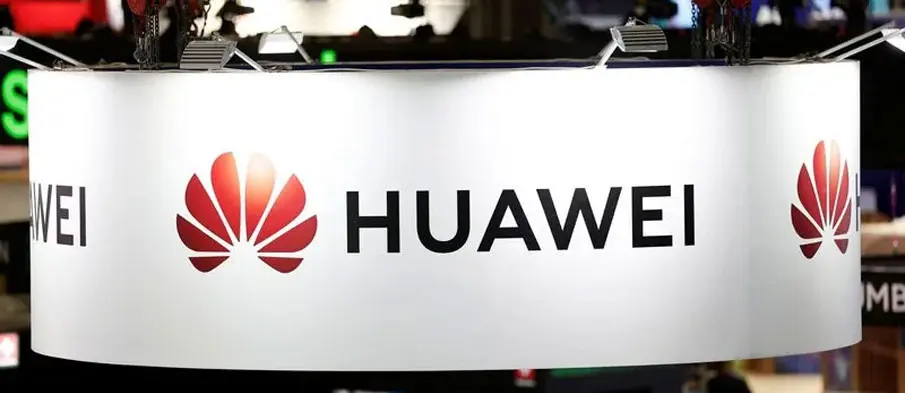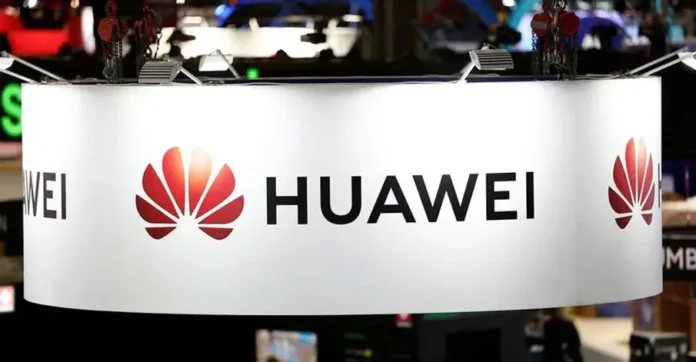
Huawei Technologies Co., Ltd. has unveiled its latest breakthrough in artificial intelligence infrastructure — the CloudMatrix 384 AI computing system — at the World Artificial Intelligence Conference (WAIC) held in Shanghai. Designed as a direct challenger to Nvidia’s flagship GB200 NVL72, the new system marks a significant milestone in Huawei’s continued ascent within the global high-performance AI computing landscape.
Competing on Performance and Architecture
While specific benchmark data has yet to be disclosed publicly, early industry assessments suggest that the CloudMatrix 384 may outperform Nvidia’s offering on select parameters, thanks to an innovative architectural design and the integration of a greater number of custom-built AI chips. Huawei’s ability to scale chip density and interconnect bandwidth within a single system appears central to this performance claim.
This launch signals a strategic play by Huawei to stake a leadership position in the AI infrastructure segment — a domain historically dominated by U.S.-based firms — even as the company operates under the shadow of ongoing U.S. export controls and restrictions on advanced semiconductor technologies.
A Domestic Powerhouse in AI
Positioned as a critical enabler for China’s national AI ambitions, Huawei continues to play a pivotal role in bolstering domestic semiconductor self-reliance. The CloudMatrix 384 system is seen as a cornerstone in building out China’s next-generation data centers, AI model training clusters, and large-scale inference engines for applications such as:
- Natural language processing (NLP)
- Computer vision
- Autonomous systems
- Scientific computing and big data analytics
Official Remarks and Strategic Direction
“The CloudMatrix 384 represents a significant leap forward in our AI computing capabilities,” said a Huawei representative during the launch at WAIC. “We are committed to delivering state-of-the-art infrastructure that can meet the rigorous demands of next-gen AI development and deployment.”
Implications for Global AI Hardware Competition
Huawei’s entry with the CloudMatrix 384 intensifies the global arms race in AI hardware, further highlighting the technological divide between Western and Eastern AI ecosystems. The development also reflects China’s strategic intent to build world-class capabilities in critical technologies, reducing dependency on external suppliers — particularly in the context of restricted access to advanced chips and components.
As Huawei accelerates its innovation trajectory across compute, networking, and chip design, its presence in the AI infrastructure space is likely to redefine competitive dynamics — especially in regions prioritizing data sovereignty and digital independence.





